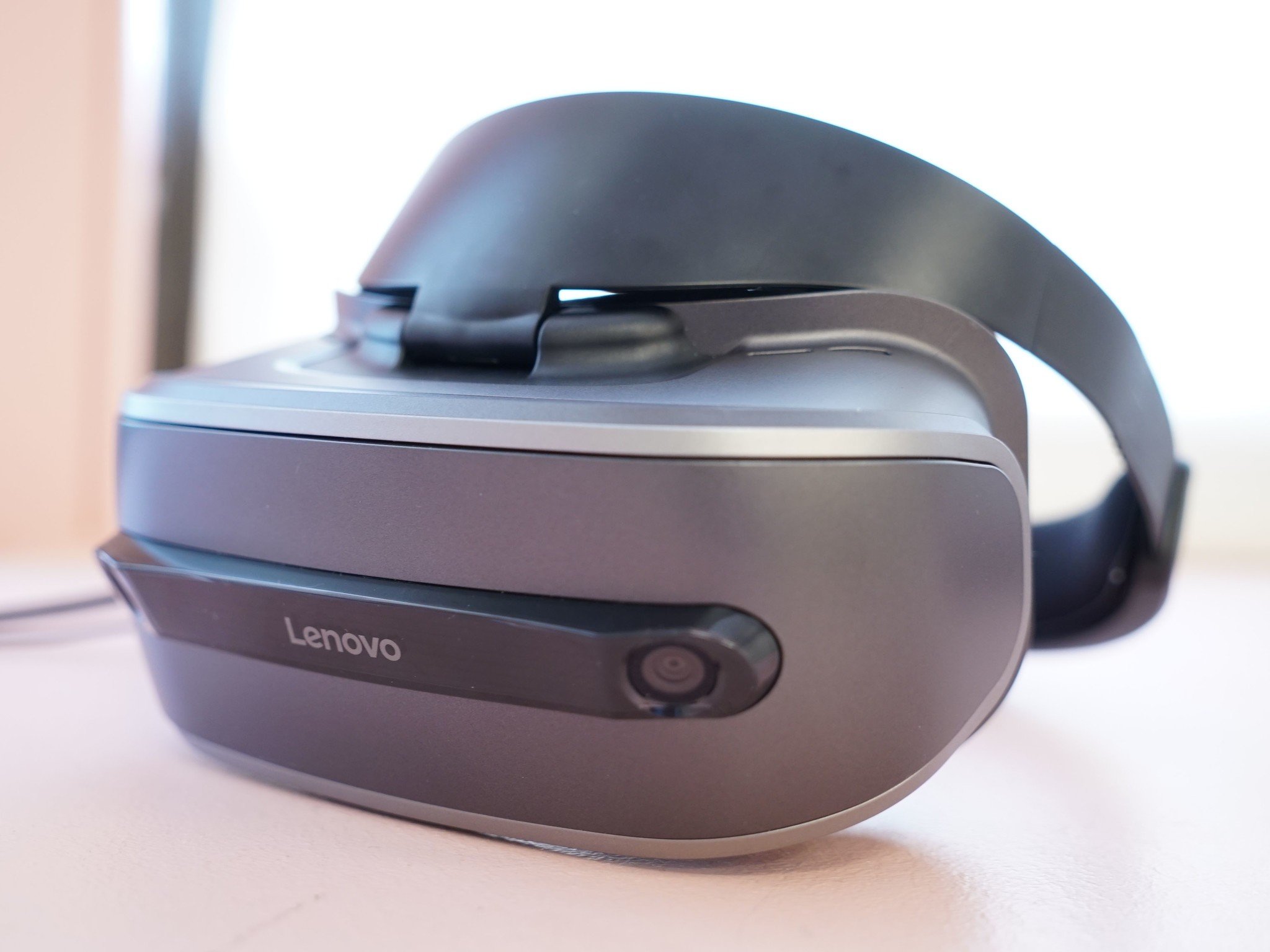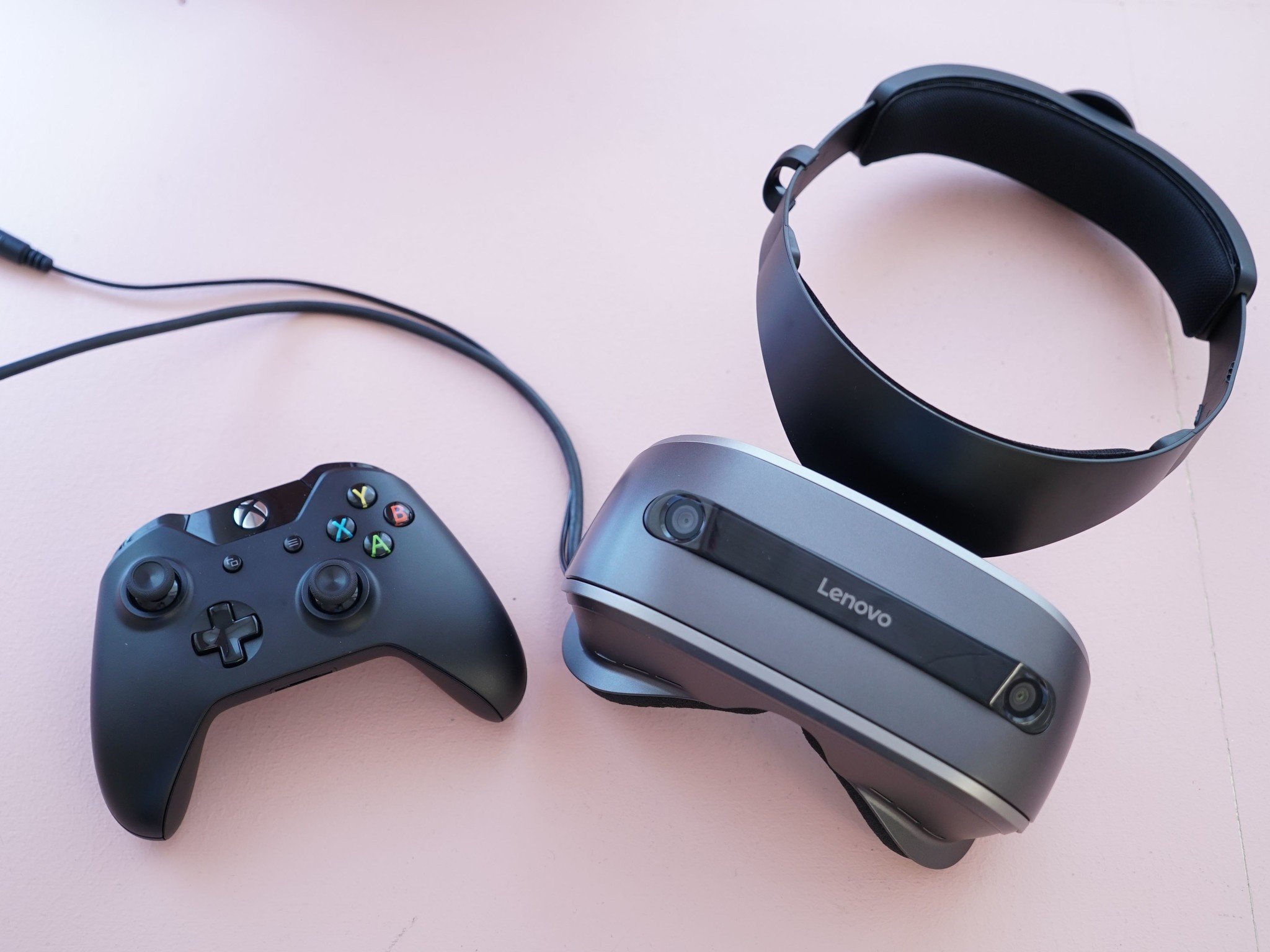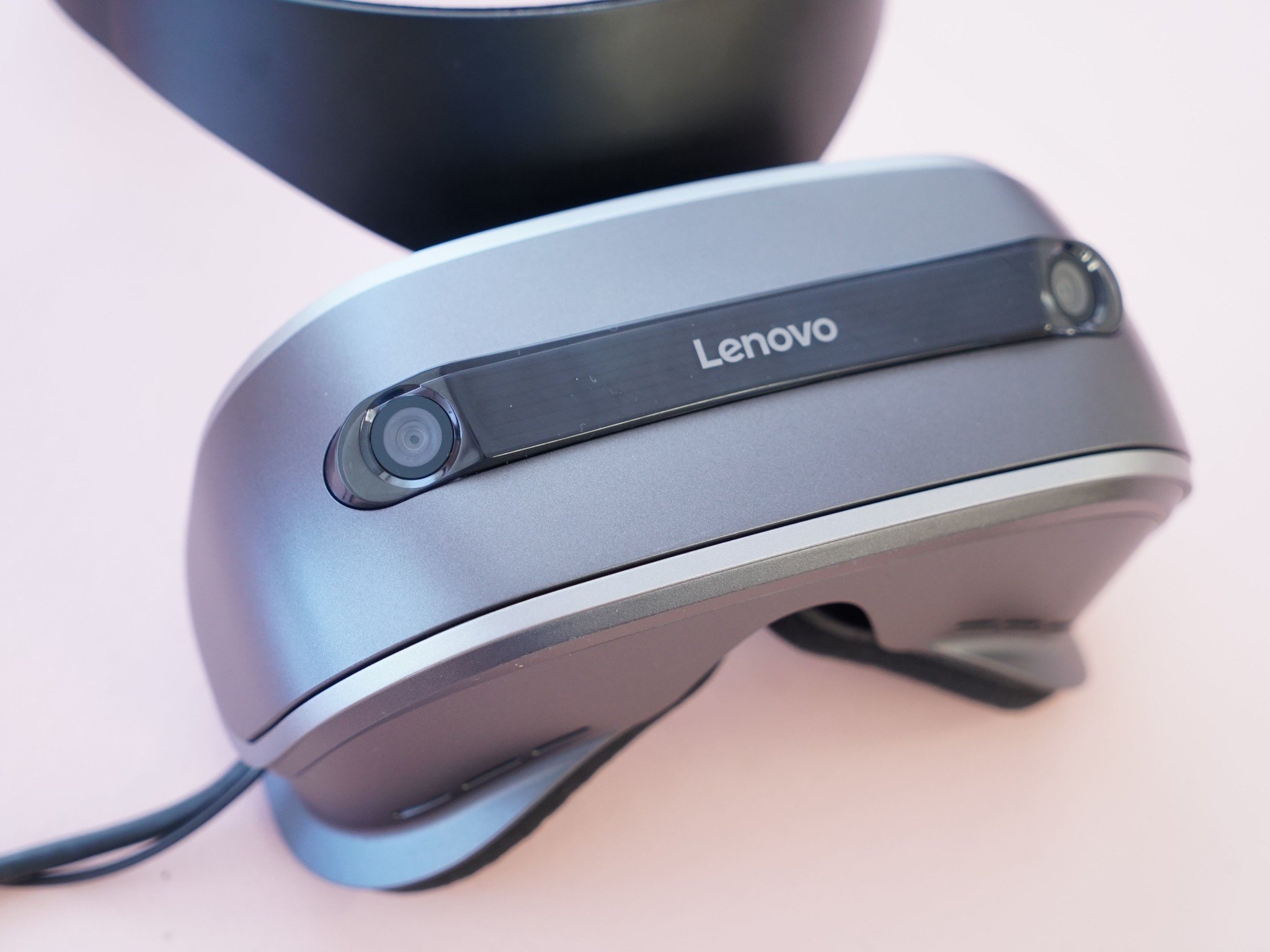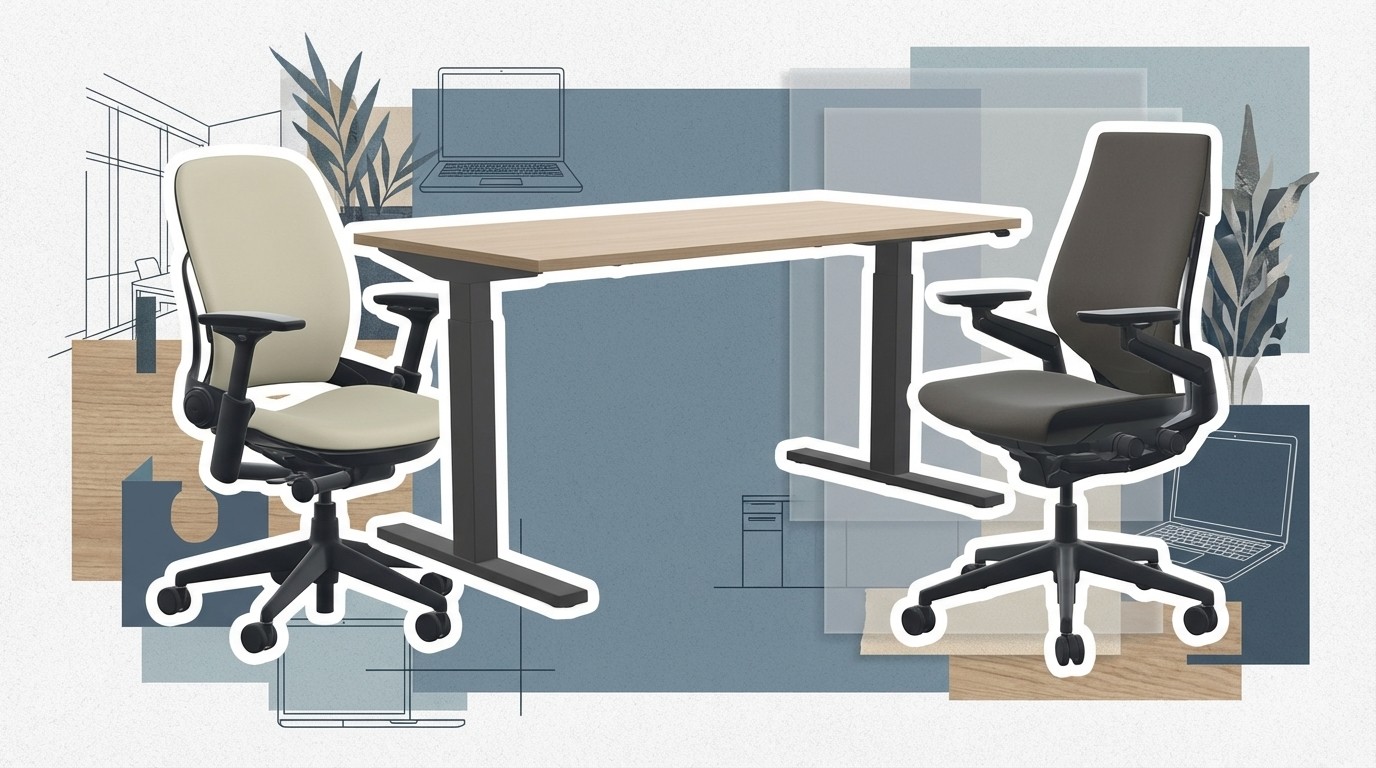Lenovo's Explorer Mixed Reality headset starts at just $349.99

It's been a while since we first saw Lenovo's first take on a mixed reality headset designed to work with Windows 10. But now, here at IFA 2017, it's finally a formal announcement: this is the Lenovo Explorer.
Like all of the other Windows Mixed Reality headsets, the Explorer offers inside-out tracking via motion sensors and a pair of outward-facing cameras on the front corners of the headset. These cameras give the Lenovo Explorer both spatial awareness and room tracking, as well as keeping tabs on the Microsoft-designed motion controllers.
Lenovo is touting the broad capabilities of the Explorer, thanks to Windows Mixed Reality, including watching shows "in a virtual home office environment" (personally, I watch shows in my living room, but I'm weird like that), VR games, 360° video, and even the ability to "get things done with Microsoft Office suite."


All of this works over a single cable, running to your compatible PC and splitting into simply USB and HDMI plugs. Lenovo also designed the Explorer with comfort in mind, having had conversations with customers about the potential for lengthy VR sessions. The headset and its band were designed with keeping an even balance front-to-back in mind, and the visor (like many other Windows MR headsets) was designed to flip up to provide the reader with easy access to the rest of the world.
The Lenovo Explorer will be available globally starting in October, priced at $349. If you want a bundle with a pair of Microsoft Motion Controllers, that'll run $349.
All the latest news, reviews, and guides for Windows and Xbox diehards.

Derek Kessler is a Former Special Projects Manager for Mobile Nations. He's been writing about tech since 2009, has far more phones than is considered humane, still carries a torch for Palm, and got a Tesla because it was the biggest gadget he could find. You can follow him on Twitter at @derekakessler.
